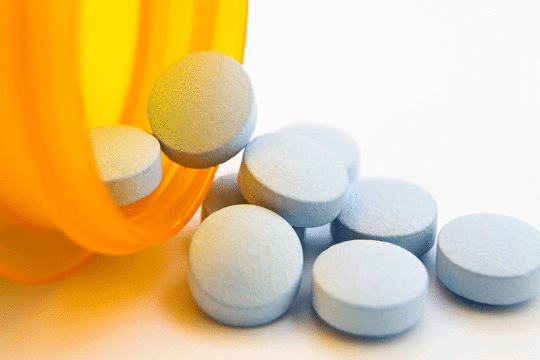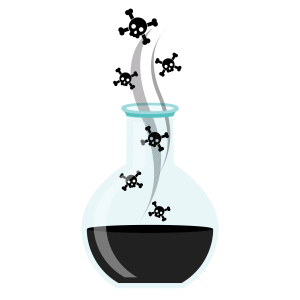
The setting is nothing out of the ordinary: A parent and two children sit down for a quiet dinner, sharing a meal and a beverage. Then, suddenly, the man pushes himself away from the table, starts to vomit and begins convulsing, going into cardiac arrest within minutes. The older child also falls ill, but manages to call 9-1-1 before passing out. Only the younger child, understandably frightened, exhibits no symptoms.
An ambulance rushes them to a New York City hospital emergency room. Here, they are met by a team of emergency physicians, including medical toxicologists, who work feverishly to solve the puzzle in hopes of saving their lives. The facts soon become evident: the parent, despondent while going through a traumatic personal situation, had put a deadly poison into the beverage. While the parent had consumed several glasses of the drink, the older child had ingested a small amount, and the younger child none. Working against the clock, the medical team fails to save the parent, but resuscitates the older child.
These are the kinds of events that Dr. Howard Greller, Director, Emergency Medicine Research and Medical Toxicology at SBH (St. Barnabas Hospital), deals with regularly. He and his associate, Dr. Angela Regina, are the only hospital medical toxicologists in the Bronx.
The science of medical toxicology by definition is the interaction of the human body with any external substance that can lead to or cause human disease or derangement in health. While the majority of patients seen by Dr. Greller involve drug (opioid, mostly heroin) overdoses, he also sees emergency patients who are treated as the result of pharmaceutical interactions and adverse events, household chemicals or gases, plants, supplements, acts of terrorism (chemical, biologic, nuclear), or  envenomation (the injection of venom into the body as a result of an insect or reptile bite). More than 300 patients were seen at St. Barnabas by Dr. Greller in 2016.
envenomation (the injection of venom into the body as a result of an insect or reptile bite). More than 300 patients were seen at St. Barnabas by Dr. Greller in 2016.
“A good deal of toxicology is detective work in terms of taking a history, examining the patient and making an appropriate laboratory evaluation,” he says. “Patients will say that they took something when they didn’t, or that they took it in a certain amount they may not have. You can send out a test to see if something is present, but that can takes weeks to come back. More often than not, you need to make decisions quickly, with minimal evidence.”
Every case is different, says Dr. Greller, who has seen everything from mass casualties that are the result of carbon monoxide poisoning, to cyanide poisoning that has occurred at the scenes of fires; from patients who unintentionally take overdoses of their medication, to those who deliberately ingest lethal poisons. Time is often critical.
“There are antidotes available in some cases, but certainly nowhere near as many as there are toxic things that people can get involved with,” says Dr. Greller. “While, in medicine, the pendulum has swung towards the philosophy of a ‘cure all’ for everything (“A pill for every ill”), there is no such thing as one size fits all, especially in toxicology.”
“Our job is to keep people safe as best as we can and that can mean responding without always having all the information. But, that’s not just medical toxicology. That’s emergency medicine.”
An article on Dr. Greller will appear in the upcoming SBH Physician Magazine.
 GIVING
GIVING (718) 960-9000
(718) 960-9000